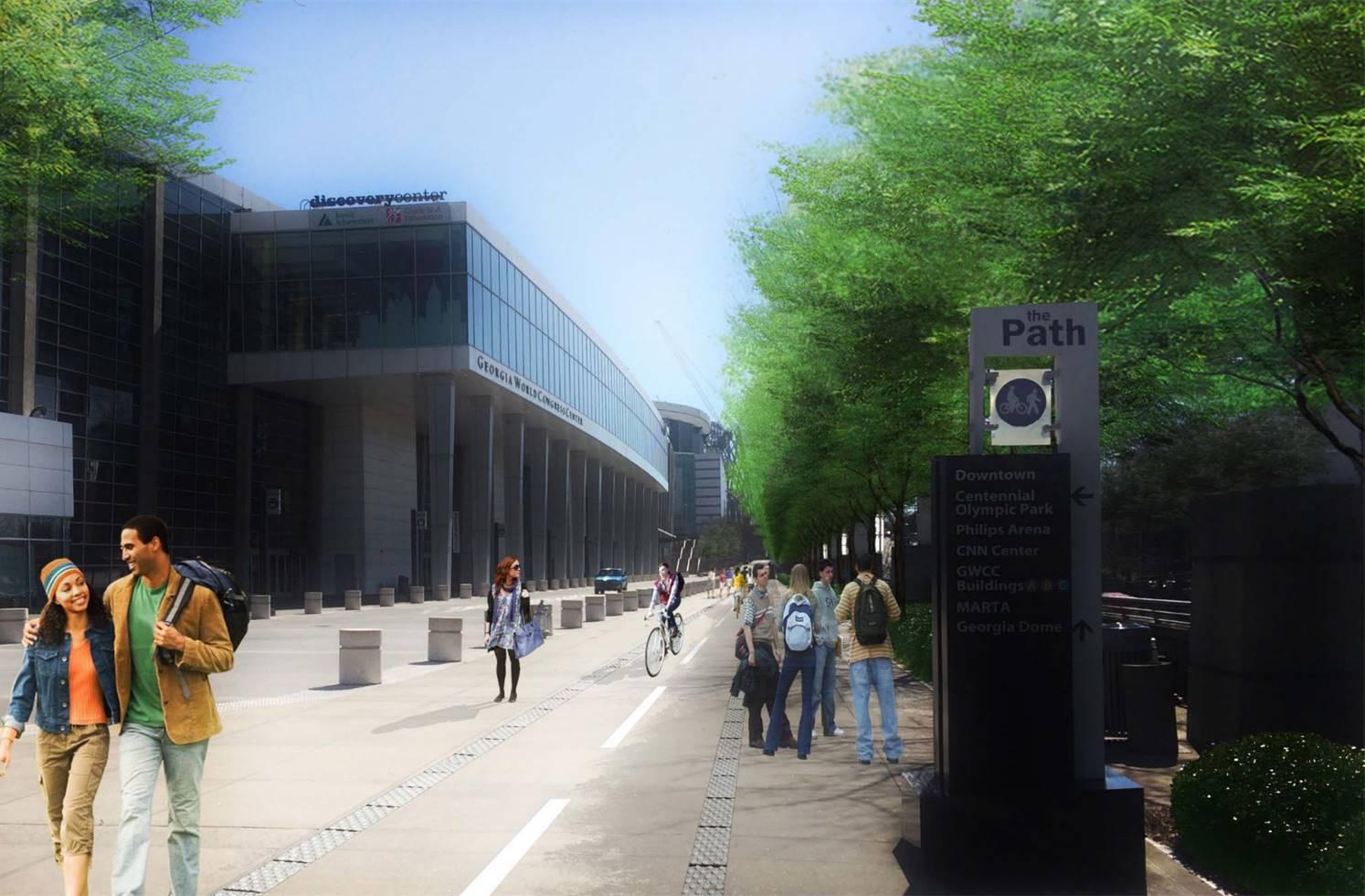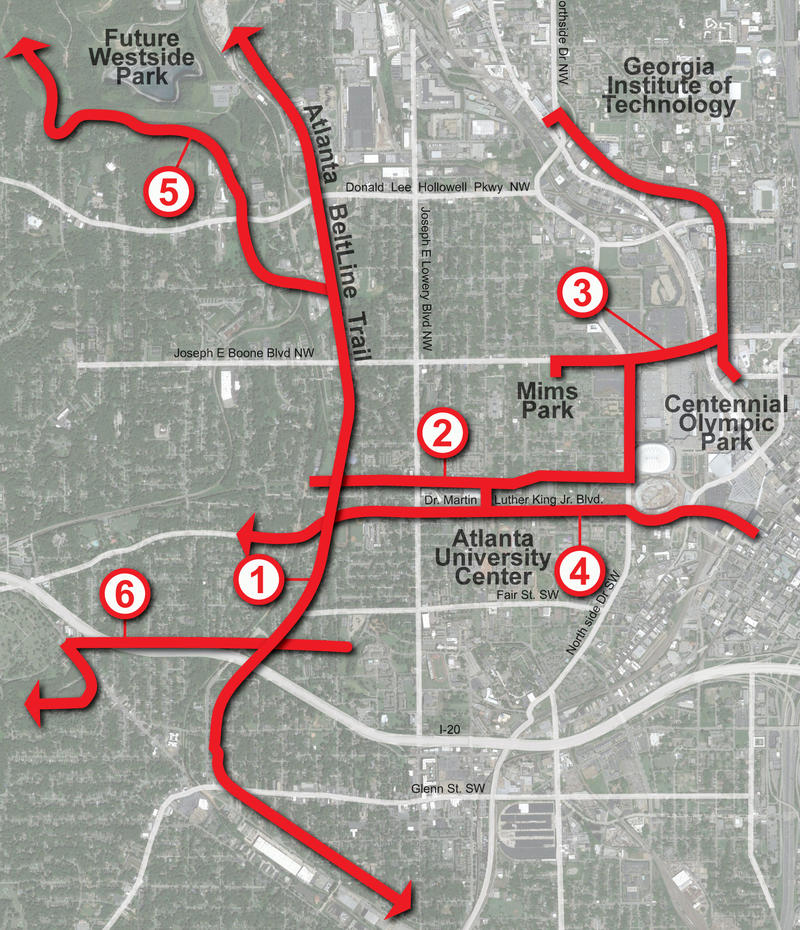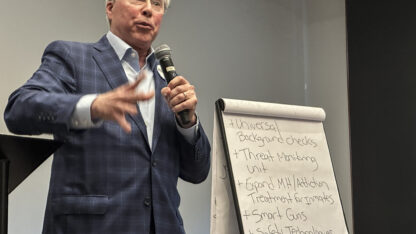Commentary: PATH Foundation Trails Are Good For Atlanta

Courtesy of The PATH Foundation

Since the PATH Foundation was established in 1991, more than 235 miles of multi-use trails have been developed in metro Atlanta. And PATH is showing no signs of slowing down.
It recently launched a $15.8 million campaign so it can build another 37 miles of trails. PATH has received two major gifts – $6 million from the James M. Cox Foundation and $4 million from the Robert W. Woodruff Foundation.
Ed McBrayer, co-founder and executive director of the PATH Foundation, proudly points to the organization’s success. By its 25th anniversary, it plans to have completed 250 miles of multi-use trails in the Atlanta region.
There are too many PATH corridors to mention, but some of the best known are the Silver Comet Trail, the Eastside BeltLine trail and the Arabia Mountain Trail
The latest campaign will link a number of trail segments and connect them to what PATH intends to eventually become a seamless regional network of multi-use trails.
More than two decades ago, we had almost no off-road bicycle and pedestrian trails where we could escape our auto-dominated city.
Now imagine trails extending from a new bike depot at Centennial Olympic Park and headed to the Atlanta University Campus and to the Westside BeltLine Trail and another trail going along Ivan Allen Jr. Boulevard and Northside Drive and extending to a new Mims Park and later the Bellwood Quarry.
From that same bike depot, cyclists and walkers will be able to travel on a trail that goes through the Georgia Tech campus.
One of the most exciting parts of this campaign will be a trail that weaves under and over the interchange at Georgia 400 and Interstate 285.
Several other expansions are planned all over the region – eventually allowing people to walk or ride along trails that are mostly separated from cars.
What PATH has done is help make Atlanta a city we want to live in – a place where we have options in the way we get around – and a region where we can enjoy our natural environment – away from it all.
Maria Saporta is editor of SaportaReport.
9(MDAxODM0MDY4MDEyMTY4NDA3MzI3YjkzMw004))








